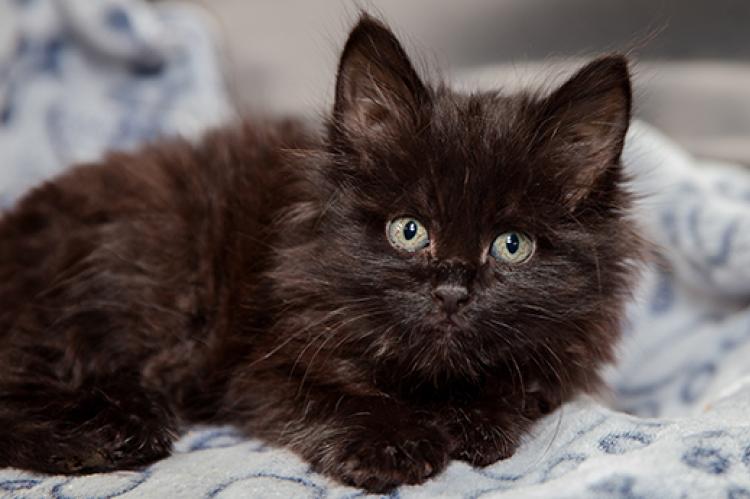Upper Respiratory Infection (URI) in Cats: Causes, Treatments

Upper respiratory infection (URI) in cats, sometimes called “cat flu,” is common in felines of all ages — from kittens to senior cats. In young cats, the initial cause is often simply a viral or bacterial agent. However, diagnosis of a chronic URI in an older cat by no means tells the whole story.
All cats (and people, too) harbor normal bacteria on their skin, in their noses, and in their respiratory tracts. These bacteria are generally not harmful in a healthy animal. But if an underlying disease is present, the bacteria can take advantage and become the source of a chronic feline URI. This is what we call a secondary bacterial infection, meaning it is secondary to some other underlying cause. So your veterinarian’s task is not just to treat the current URI but also to find the primary underlying cause.
Learn more about the causes, diagnosis, and treatments for cat URIs.
Cat upper respiratory infection causes
The first step is for your vet to determine whether your cat has a simple viral or bacterial upper respiratory infection — or whether the cat instead has an underlying disease for which the URI is merely a symptom. Chronic and recurring cases, especially in older cats, suggest the latter situation.
Your vet will want to perform a thorough physical exam that might also include diagnostics such as blood work and X-rays, a thorough dental exam with radiographs, and in some difficult cases possibly a biopsy of nasal tissue.
For a cat with chronic URIs, it is important to do a thorough workup that takes into consideration all possible underlying causes. Potential causes for chronic cat URIs include:
- A foreign object (such as a grass awn, aka a foxtail) lodged in a sinus
- A tooth root abscess (the upper teeth are very close to the sinuses)
- An underlying fungal infection
- Nasal mites
- Allergies
- A type of irritating growth, called a nasopharyngeal polyp, that can occur in the nose or throat of cats
More serious problems that must be considered include tumors or underlying diseases that can cause severe suppression of your cat’s immune system. So your vet will want to test for diseases such as feline immunodeficiency virus (FIV) and feline leukemia virus (FeLV) if that has not been done recently.
Keep in mind that even with a “simple” URI, most bacterial respiratory infections are associated with an underlying viral infection, namely calici or herpes viruses. Both of these viruses are common causes of kitten upper respiratory infections and are often seen in highly stressed cats in shelter situations.
Cats who recover from either of these viruses when young can become chronic carriers of the virus. Unfortunately, virus tests are not always reliable in these cats, so it can be difficult to determine whether your cat could be a chronic carrier. Repeat or chronic URIs can be one sign, or it can be a sign that a carrier cat in a multiple-cat household is infecting the other cats on a repeated basis. If one of your cats has a shelter history or an unknown medical history, this could be a real possibility.
Cat URI treatments
Various antibiotics are routinely used by veterinarians to treat URIs in cats. However, antibiotics only fight bacteria. Any underlying cause must also be addressed, or the respiratory infection will likely reoccur or never resolve completely.
For example, underlying dental disease might require tooth extraction. A grass awn lodged in the nose needs to be removed or flushed out by your vet. A primary viral or fungal disease might be treated with antiviral and antifungal medications alongside antibiotics for the secondary bacterial infection. A polyp can be removed by your vet in a simple procedure. Tumors might be treatable with surgery or chemotherapy.
Clearly, there is no single best treatment for chronic cat URIs. Success relies on proper identification and treatment of the underlying cause. In some cases, cures are incomplete, meaning the signs might be controlled but the infection is not completely eliminated from the cat.
The bottom line: It can take time for your vet to get to the bottom of a feline URI. Remember that effective treatment will rely on a thorough diagnosis first, followed by diligent home treatment that stays on track, even if it takes several months.